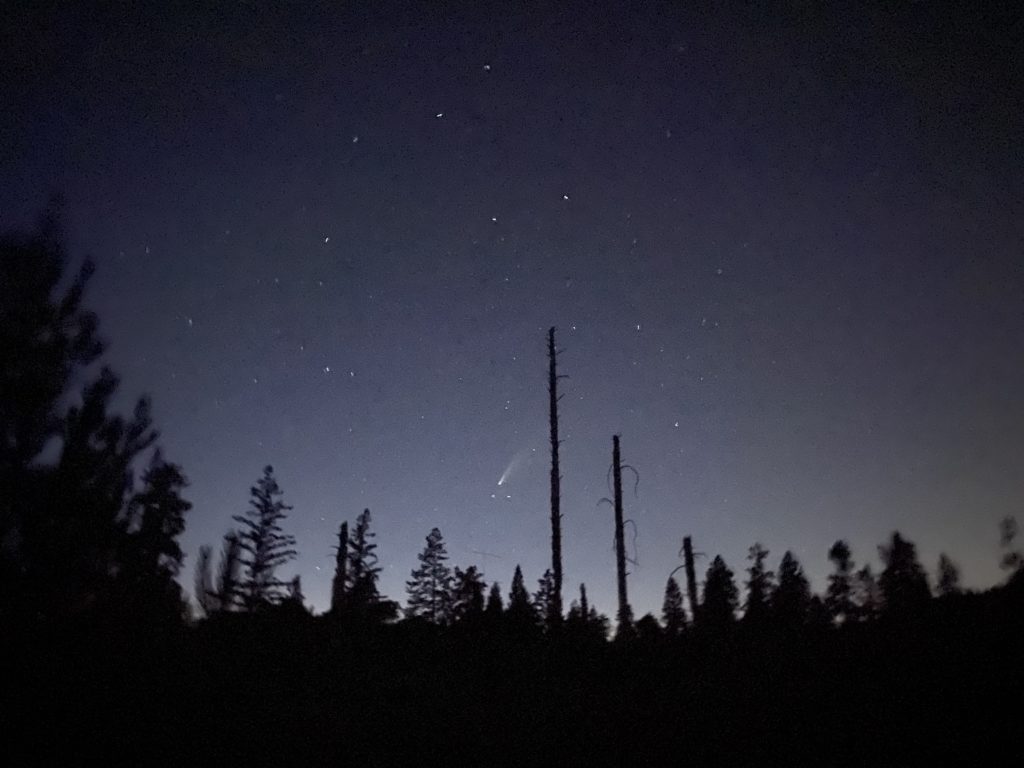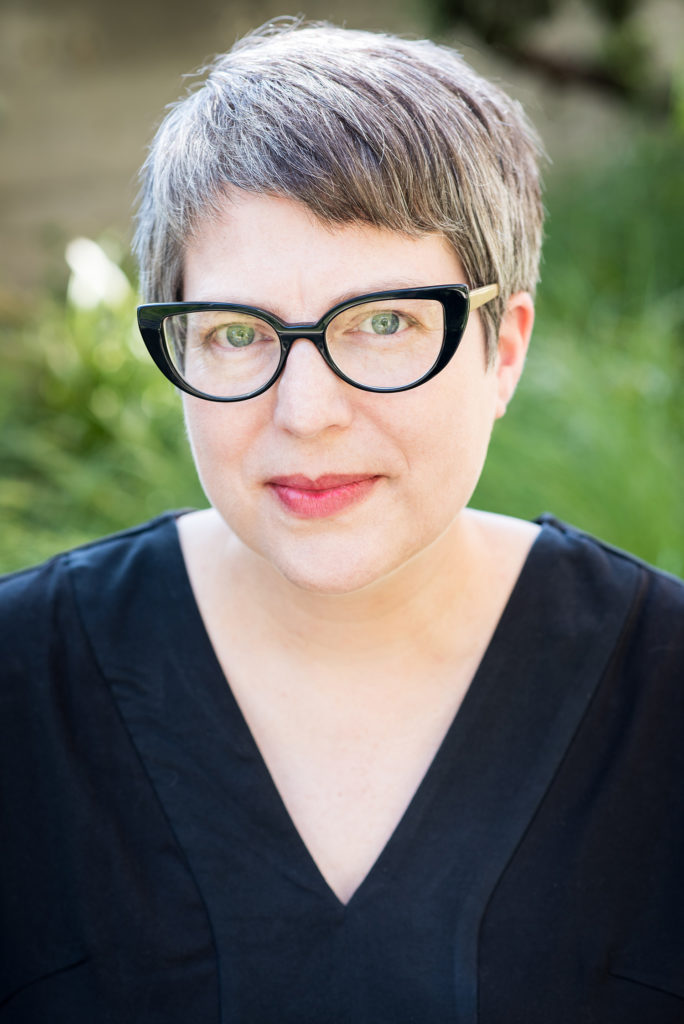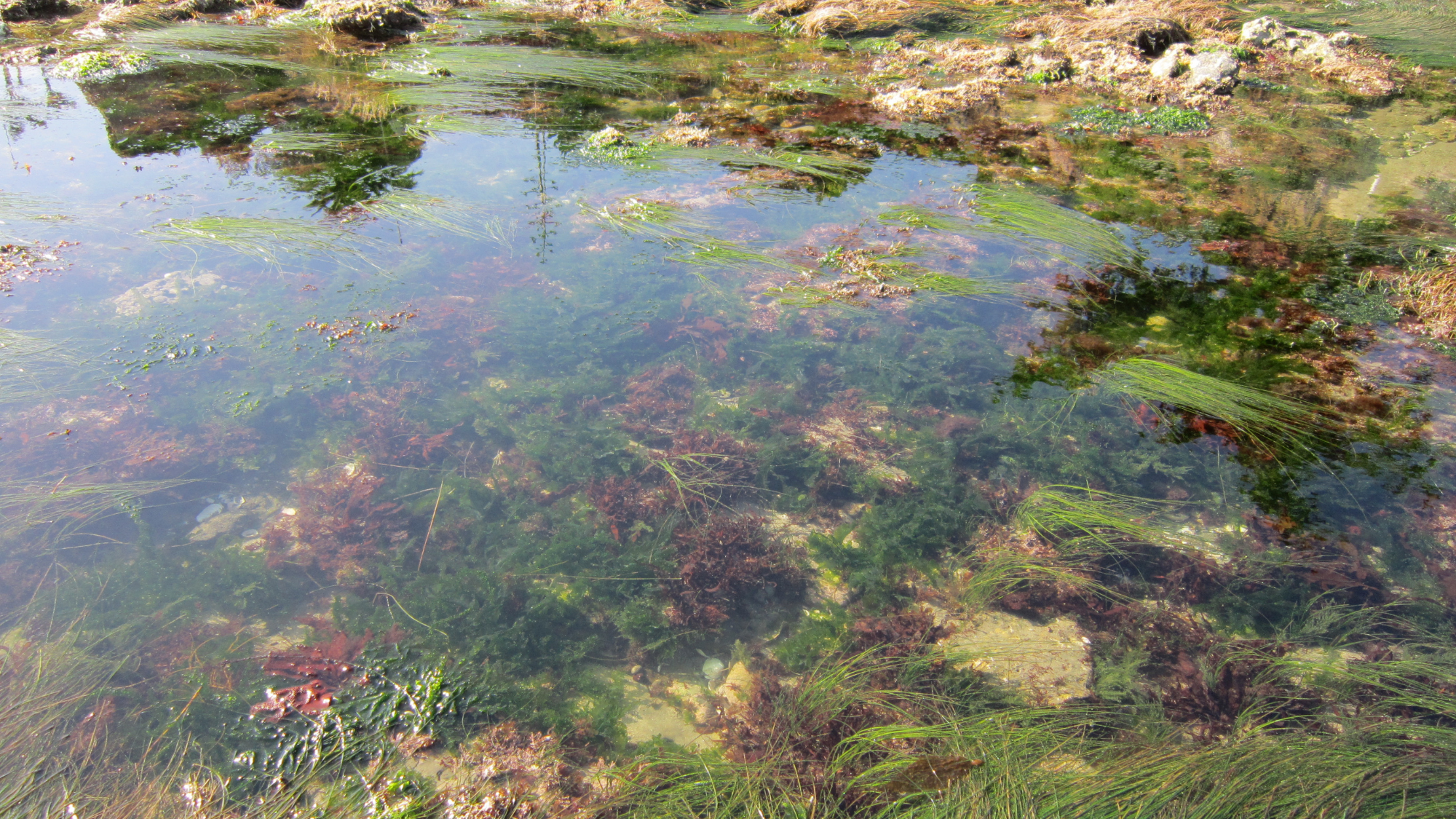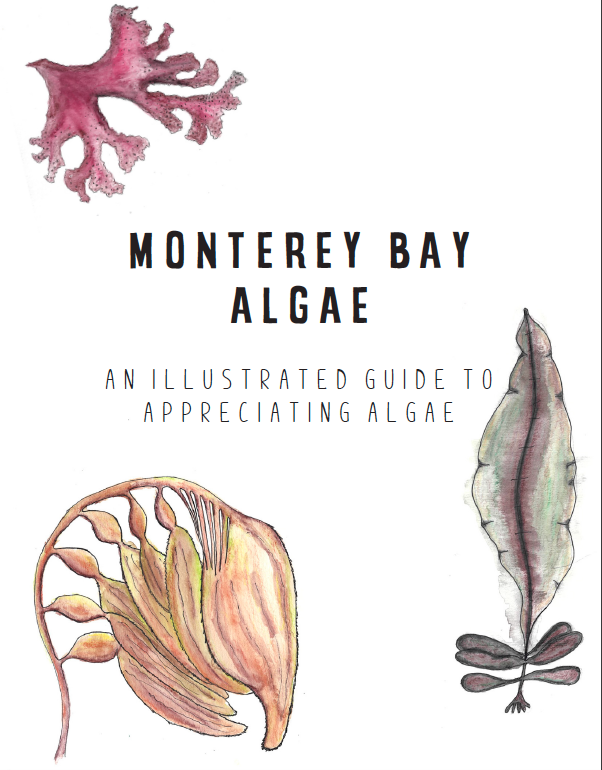Get the bird’s eye view of the factors that have impacted the habitats of Santa Cruz for millions of years, thousands of years, and very recently as we dive into this new series exploring the nature of Santa Cruz, habitat by habitat, with the aim of developing our skills as naturalists.
About the series: Join fellow nature enthusiasts for monthly explorations of the biodiversity of Santa Cruz County. Each month, our Public Programs Manager Marisa Gomez will share the stories of a specific Santa Cruz habitat as we develop our skills as naturalists.
This series will feature a presentation as well as an interactive session and is in partnership with Santa Cruz Public Libraries.





